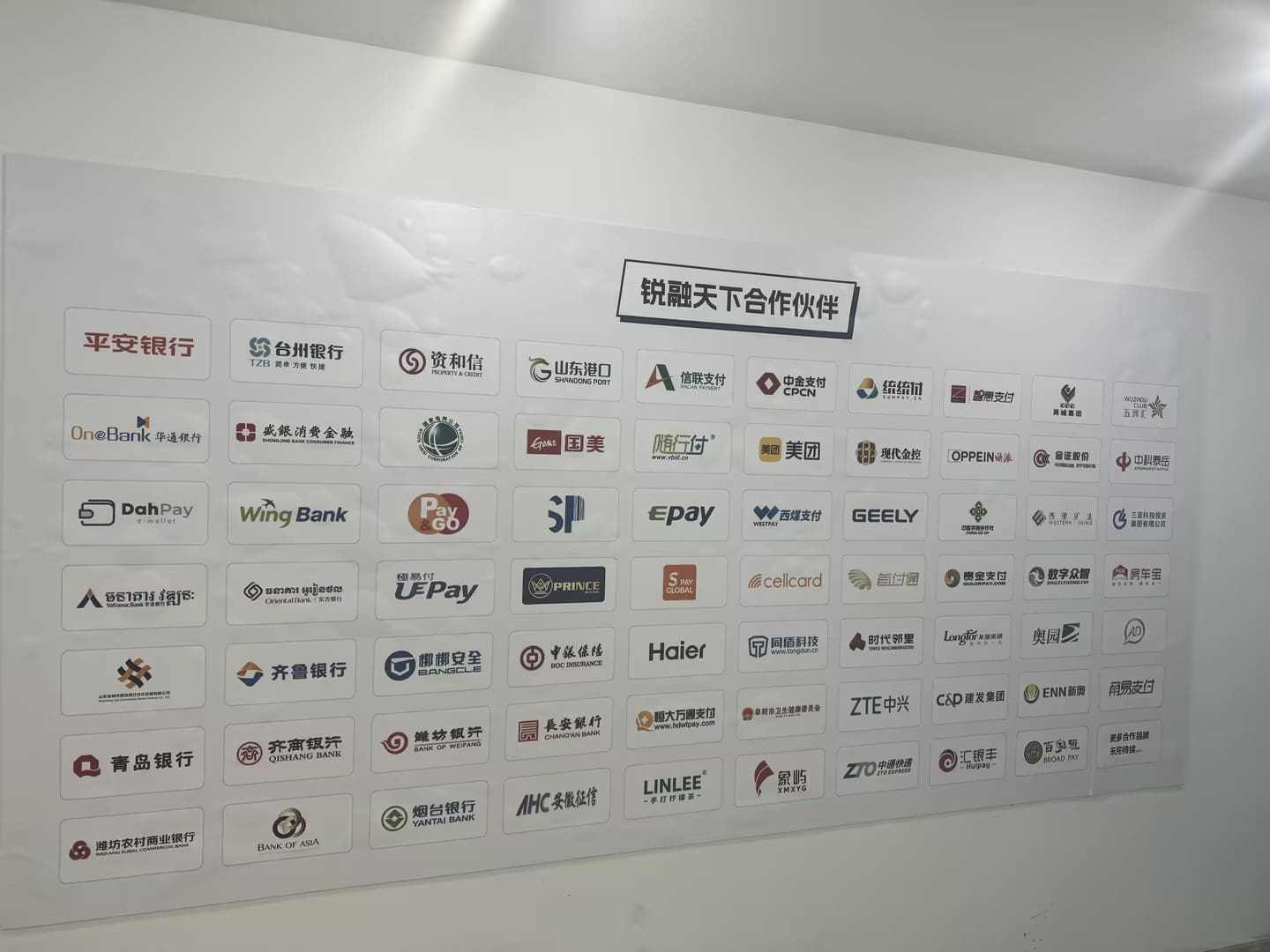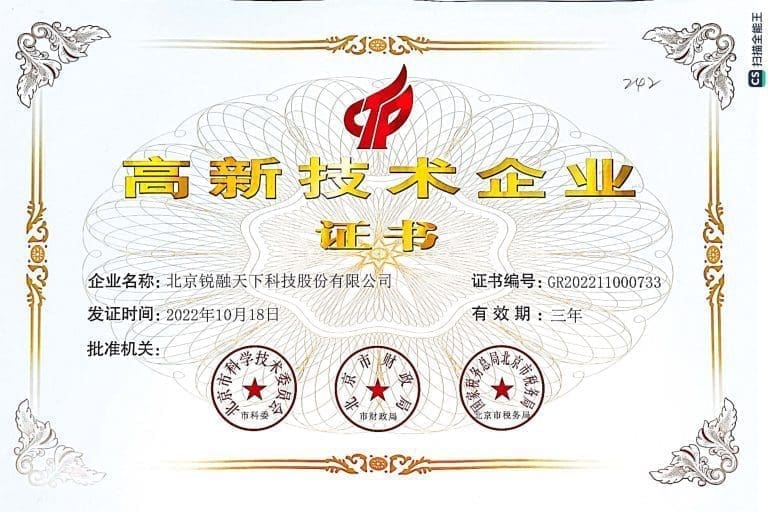The Evolution of Payment Systems: A Journey Through Time
Payment systems have come a long way from bartering goods to the digital transactions of today. Let’s take a look at the fascinating history of how we moved from exchanging cattle to cryptocurrency.
Beginning in ancient civilizations, people traded goods directly – a cow for a plow, for example. However, as societies grew, a need for a more efficient method of payment emerged.
In the Middle Ages, bills of exchange became popular. Merchants could deposit their money with a banker and receive a bill that could be exchanged in a distant location, essentially acting as a form of cheque.
The 19th century saw the rise of the telegraph, revolutionizing payment systems. Banks began to offer telegraphic transfers, enabling customers to send money across great distances in a matter of hours.
Fast forward to the 20th century, and the introduction of credit cards changed the game. Diners Club issued the first general-purpose credit card in 1950, paving the way for the plastic cards we use today.
In the 21st century, online payment systems like PayPal and Venmo have transformed the way we make transactions. With just a few clicks, you can transfer money, split bills, and even pay for goods and services seamlessly.
And now, we stand on the cusp of a new era with the rise of cryptocurrencies. These digital currencies promise decentralized, secure transactions that bypass traditional banks and payment processors.
As we reflect on the evolution of payment systems, one thing is clear – innovation is constant. From bartering to blockchain, the journey of payments is a testament to human ingenuity and the ever-changing landscape of commerce.

 Arabic
Arabic Dutch
Dutch French
French German
German Italian
Italian Portuguese
Portuguese Russian
Russian Spanish
Spanish












